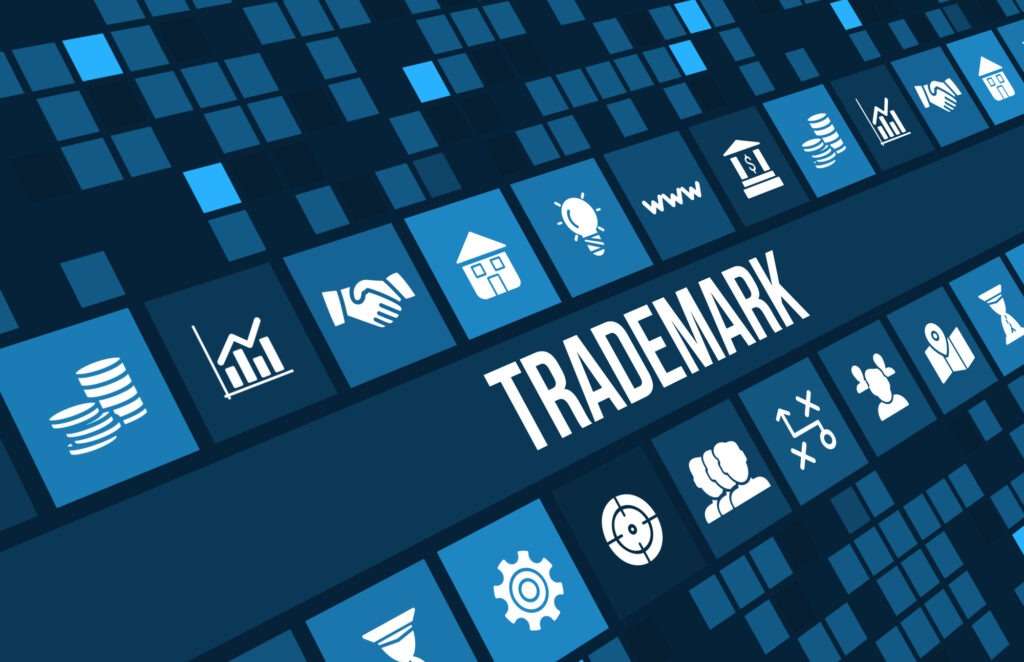According to the United States Patent Office (USPTO), TM is a symbol that businesses can use to inform their customers and competitors that they are claiming ownership of the rights to a particular trademark. Understanding the meaning of TM and other trademark symbols may help companies to use them correctly and dissuade others from using their marks without authorization. Learn the answer to “What does TM mean?” below, along with some best practices for when and where to use it. For a more detailed discussion of intellectual property concerns and to discuss trademark registrations for your own business, reach out to an experienced California intellectual property lawyer from L.A. Tech & Media Law by calling (310) 751-0181 to schedule your confidential consultation.

What Are Trademarks?
As discussed in my top selling book Tip-Top Trademarks. Brand Protection Blueprint for Business, now available on Amazon.com, trademarks refer to intellectual property types comprising recognizable designs, signs, or expressions identifying a specific good or service as originating from a certain source while also distinguishing the product or service from its competitors. Owners of trademarks may include legal entities, individuals, organizations, and businesses. Trademark owners may use their marks in various ways, such as on a product’s packaging or label, or affixed to or integrated with the actual good.
What Does TM Mean?
The International Trademark Association (INTA) defines TM, standing for trademark, or the superscript version of ™, as a symbol used to notify possible infringers that the business using the symbol is claiming the trademark’s common law rights. Specifically, TM relates to unregistered trademarks associated with goods or services.
When a trademark owner uses this symbol, there is no guarantee that the mark will receive legal protection. Trademark owners can use the symbol without having the mark registered or when they are applying for registration. They may also use this symbol if the USPTO refuses the mark’s registration application.
What Is the Difference Between TM, SM, and ®?
SM, short for a service mark, operates similarly to TM, but it specifically relates to services, like legal or banking services, instead of physical goods.
In contrast, ® signifies ownership of a registered trademark. Trademark owners use this symbol to inform the public of a service mark or trademark’s registration, and they may only do so once the USPTO grants registration, meaning it also demonstrates that the mark will receive protection under trademark laws. Depending on the jurisdiction, improper use of this symbol can lead to criminal or civil penalties.
When Can the TM Symbol Be Used?
Using TM, or SM, is not a legal requirement. Trademark owners often use TM and SM to informally tell others that they are claiming the mark’s ownership rights; by doing so, they hope to prevent others from using their mark without prior authorization. The following tips can help trademark owners correctly use the TM symbol.
Symbol Placement
Trademark owners typically place the TM symbol immediately after the mark they are claiming. Usually, they add the symbol in the top right corner in superscript, but they may also opt for the bottom right corner.
Acquire a more detailed answer to “What does TM mean?” and explore how a California intellectual property lawyer can help clients with their trademark issues by arranging a consultation with L.A. Tech & Media Law.
Frequency of Use
When using a trademark on a website or in a brochure, it is more important to use the symbol in the main initial use of the mark, such as in a web page’s heading, than to include it repeatedly. Otherwise, it can make these materials seem cluttered.
Printed Materials
If the materials are only a few pages long, a single use of the TM symbol may be enough. While not essential, for longer printed materials, the recommended approach is to include the symbol on every page where the trademark owner uses the mark. Often, trademark owners achieve this without cluttering the materials by including the symbol in the header or footer.
Digital Materials
Regarding electronic materials, such as websites, try adding the symbol once or more for each web page that includes the mark. Depending on the layout of the web page in question, placing the TM symbol in a header may be appropriate here as well.
Social Media
Many businesses choose to only use the TM symbol in their social media handle or account bio, whereas others may not use it at all. Some organizations use the symbol occasionally in their posts or stories, but are not regimented about including the TM every time they add new content.
Third Party Usage
When authorizing other parties, called licensees, to employ a mark, it can be useful to make sure they know how to correctly use the TM symbol. To achieve this, consider providing relevant guidance to the third party concerning when to use the TM symbol, and be sure to regularly ask licensees for examples of how they are using the mark and TM symbol to identify whether they are using it properly.
What Is an Example Use of TM?
Here are several examples of how businesses use the TM symbol in their logos:
- Nintendo Switch™: Nintendo chose to add the TM symbol for this logo in the bottom right corner of the word “Switch” since they had already registered “Nintendo” as a trademark.
- Razer™: In their logo, this company included TM in the bottom right corner of the emblem and the top right corner of “Razer.”
- McAfee™: This company opted to add the TM symbol in the traditional location, in the top right corner after the mark.
Should You Use TM?
Since there are very few limitations in the United States regarding the use of the TM symbol, using it alongside an unregistered mark can be worthwhile, as doing so may discourage others from utilizing the mark without getting consent from the trademark owner. Conversely, the same is not true when using ® because, if an individual or business uses this symbol incorrectly, it constitutes fraud in the United States. On the other hand, not using the ® symbol with correctly registered marks can be disadvantageous. Evidence of providing alleged infringers with notice is typically necessary to collect damages and recover profit losses in infringement lawsuits, and consistent use of ® can help to demonstrate a good-faith effort to communicate the exclusivity of the trademarked intellectual property.
Contact a Los Angeles Intellectual Property Lawyer Today
With knowledge of the TM symbol, trademark owners can use it correctly to help communicate their rights to a certain mark to other individuals and entities. However, trademark owners who have gone through the federal trademark registration process and had their mark officially registered may wish to consider using the ® symbol to indicate their trademark’s protected status. Expand your understanding of “What does TM mean?” and see how a seasoned Los Angeles intellectual property lawyer can assist individuals and businesses with their IP concerns by contacting L.A. Tech & Media Law today at (310) 751-0181.


